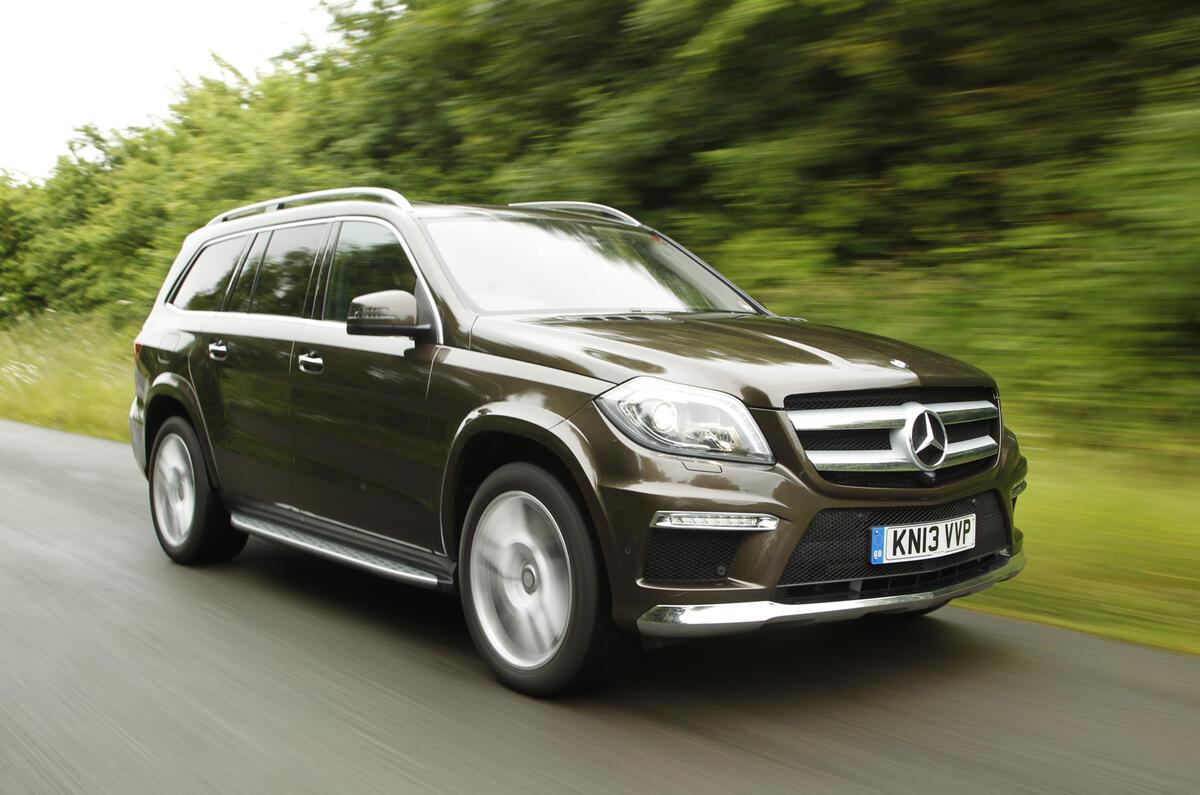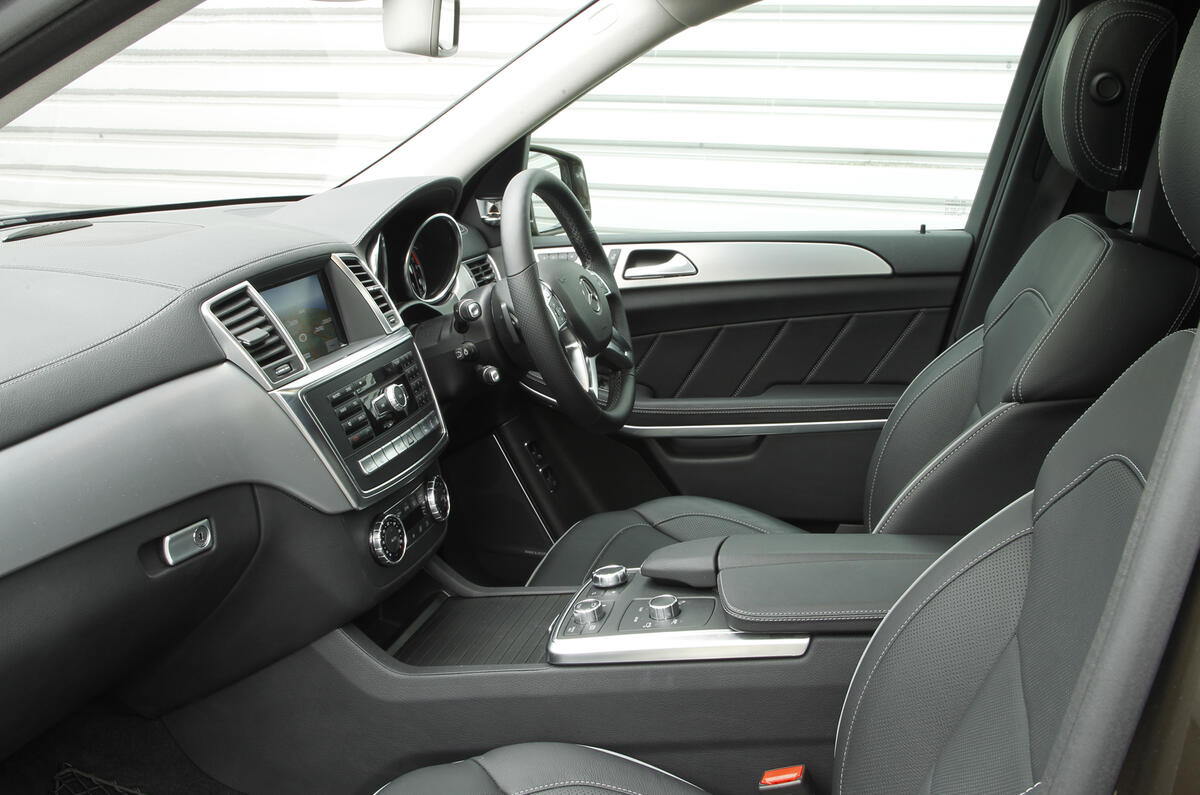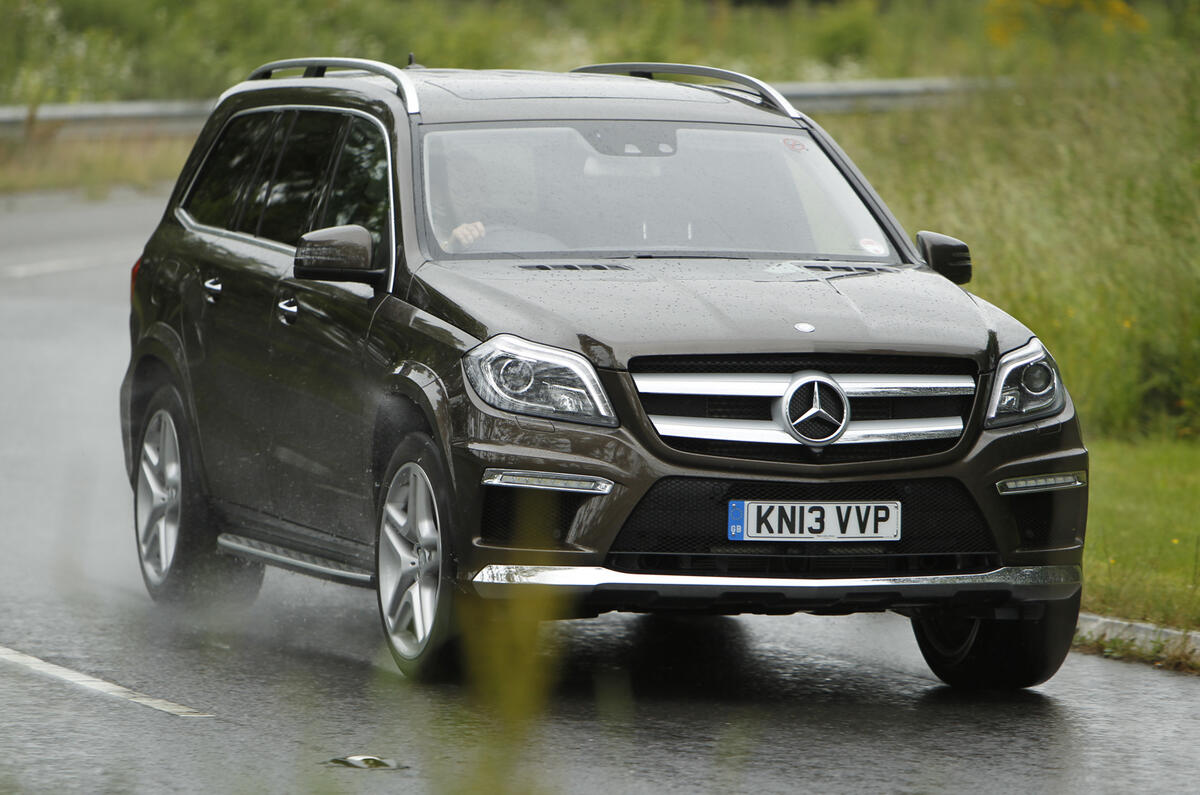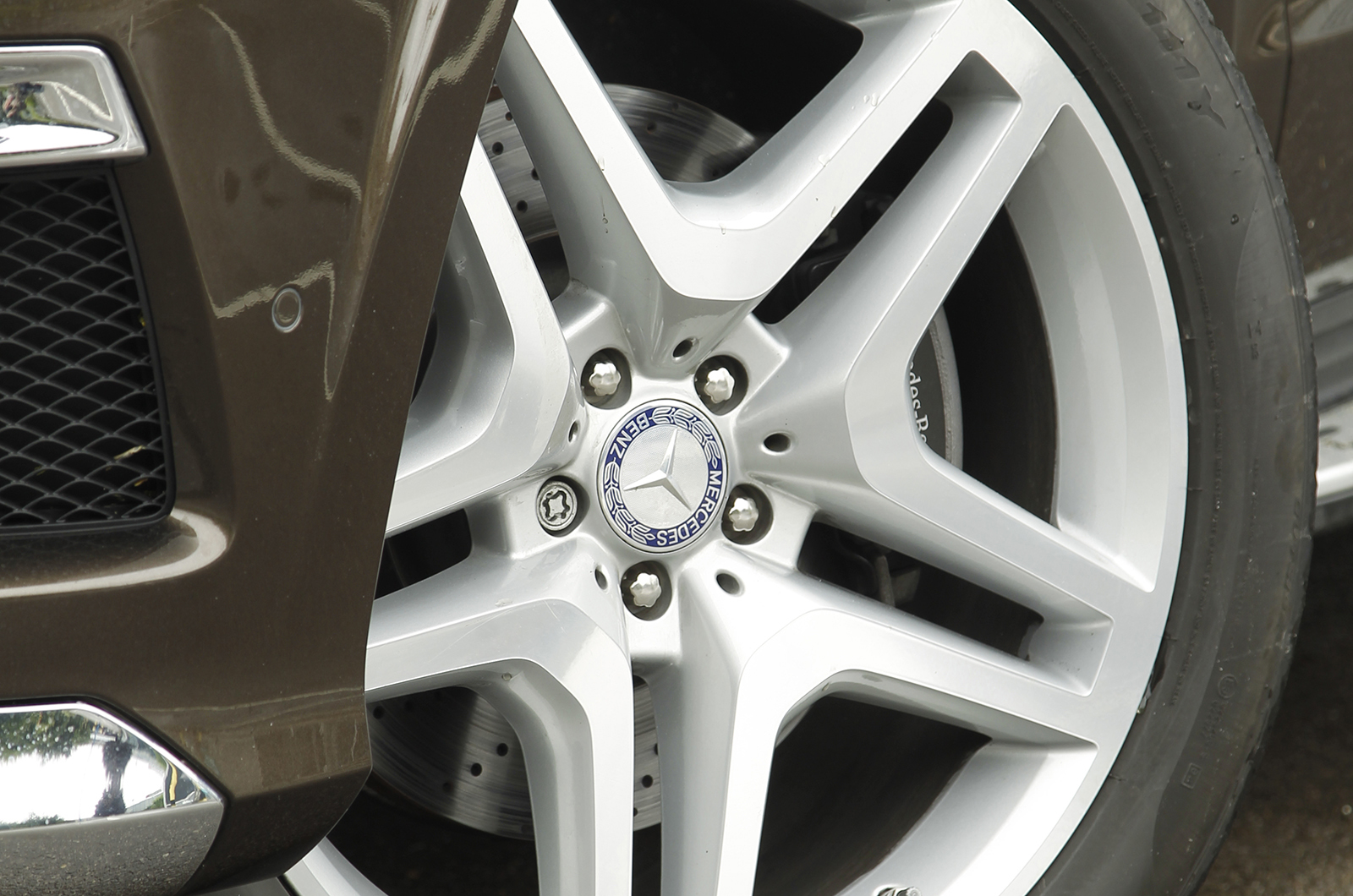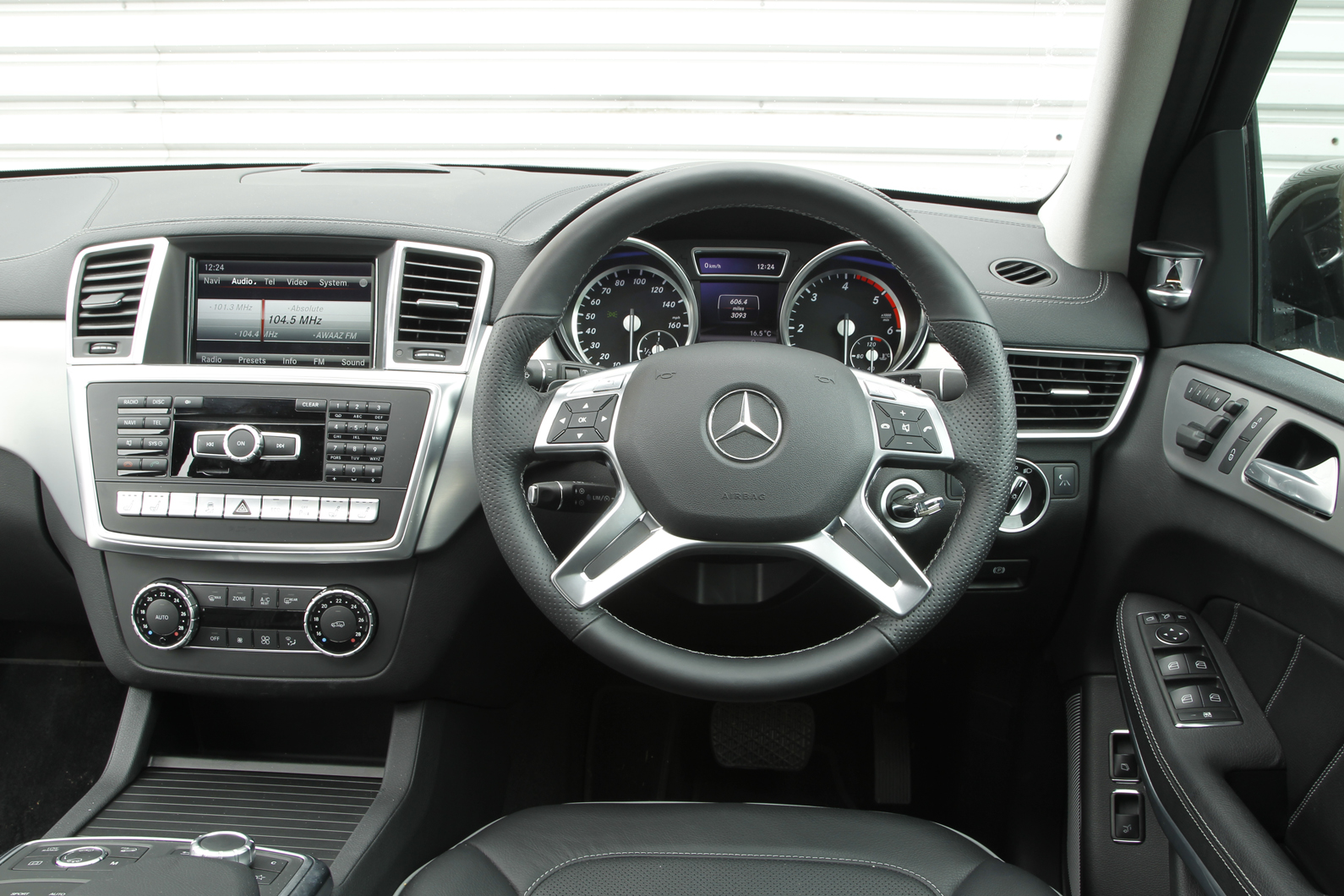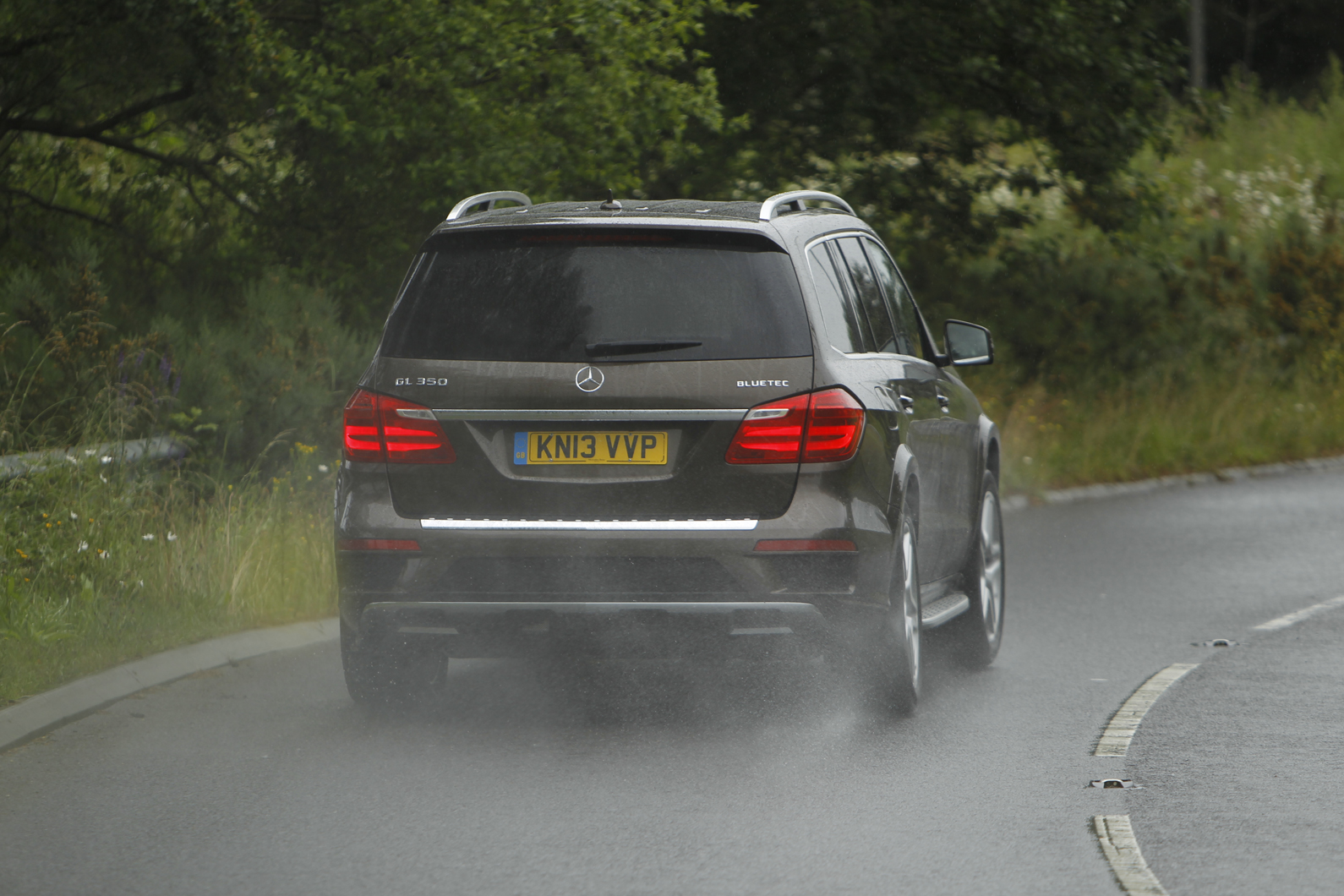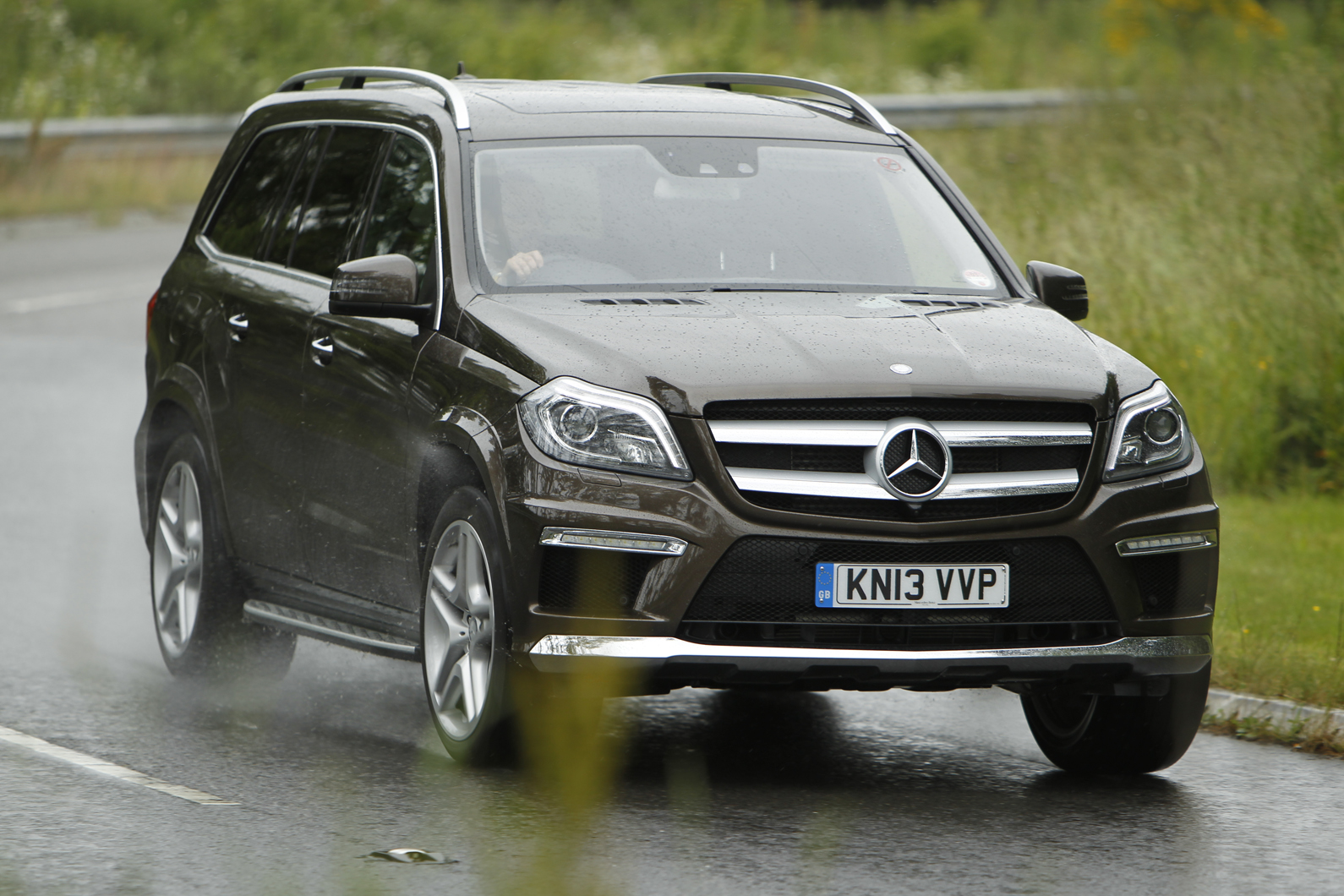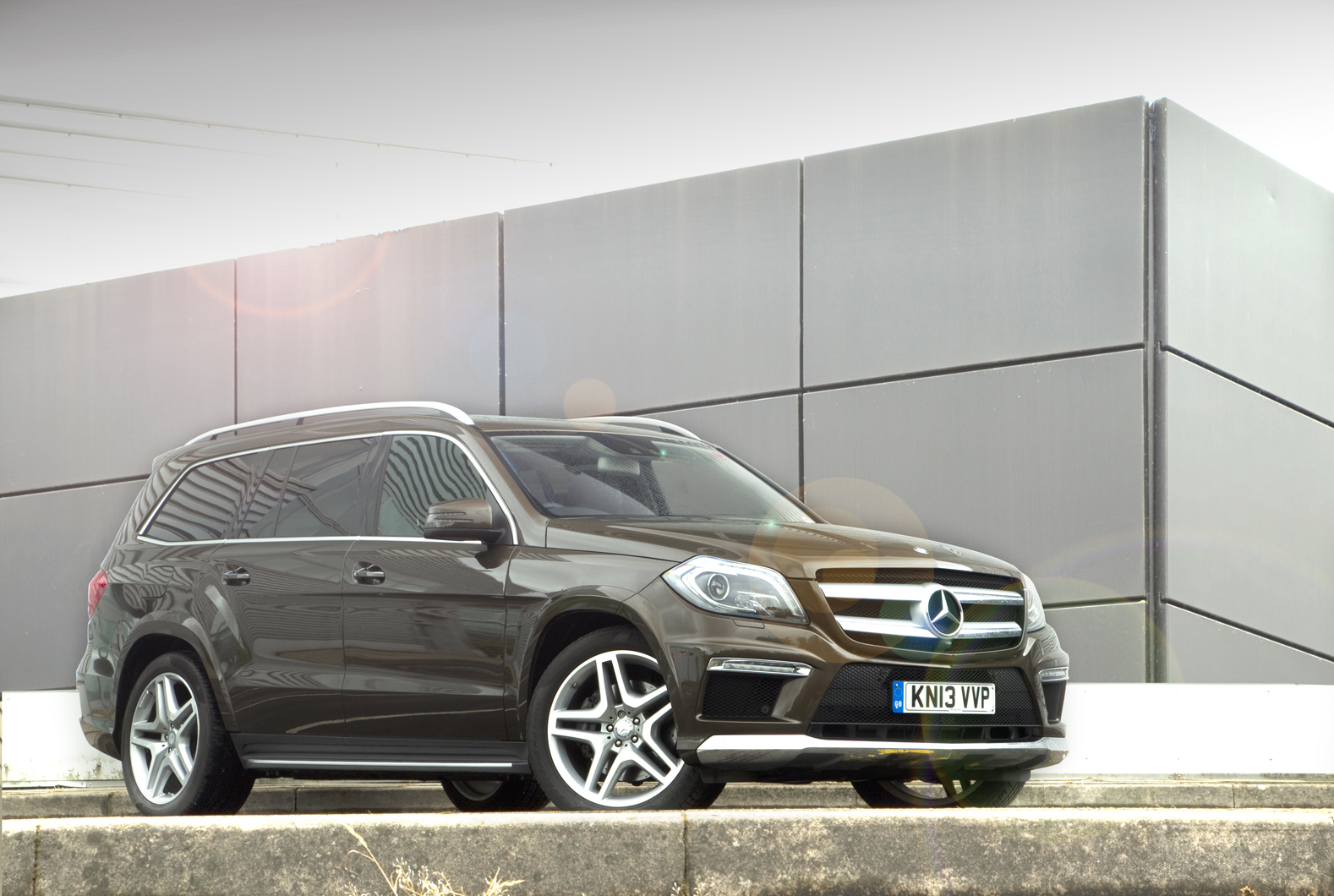One thing the car industry has done rather well over these past 10 years is anaesthetise our natural distaste for large automobiles. When the first Mercedes-Benz GL was launched in 2007, it was to fill a seven-seat hole in Mercedes’ North American line-up.
The soccer-mom shed on wheels was ideal for trucking kids and trailers from sea to shining sea, but it was perceived to be proportioned like an aircraft carrier when the German manufacturer attempted to insert it into the UK’s modest-sized niche.
European manufacturers were late to the feeding frenzy that is the US's full-size luxuy crossover market. For years, domestic and Japanese options had sated demand, but the introduction of the seven-seat Audi Q7 in 2005 marked the appearance of luxury brands from the old world.
Mercedes followed with the GL a year later, and if its debut a the Detroit motor show wasn't an obvious statement of intent, the decision to build the car in Alabama clearly showed where it was intended for.
Fast forward to 2013 and the new GL is still a gargantuan beast, yet our blossoming appetite for buying large SUVs – and our subsequent familiarity with them on our roads – has helped it to shrink somewhat in our perception.
Certainly there is room for another premium seven-seat option in the large SUV class. It’s a growth segment, but one that lacks competition when compared with the more compact alternatives. So perhaps now there is room in British buyers’ estimation for Mercedes’ five-metre by two-metre prospect.


